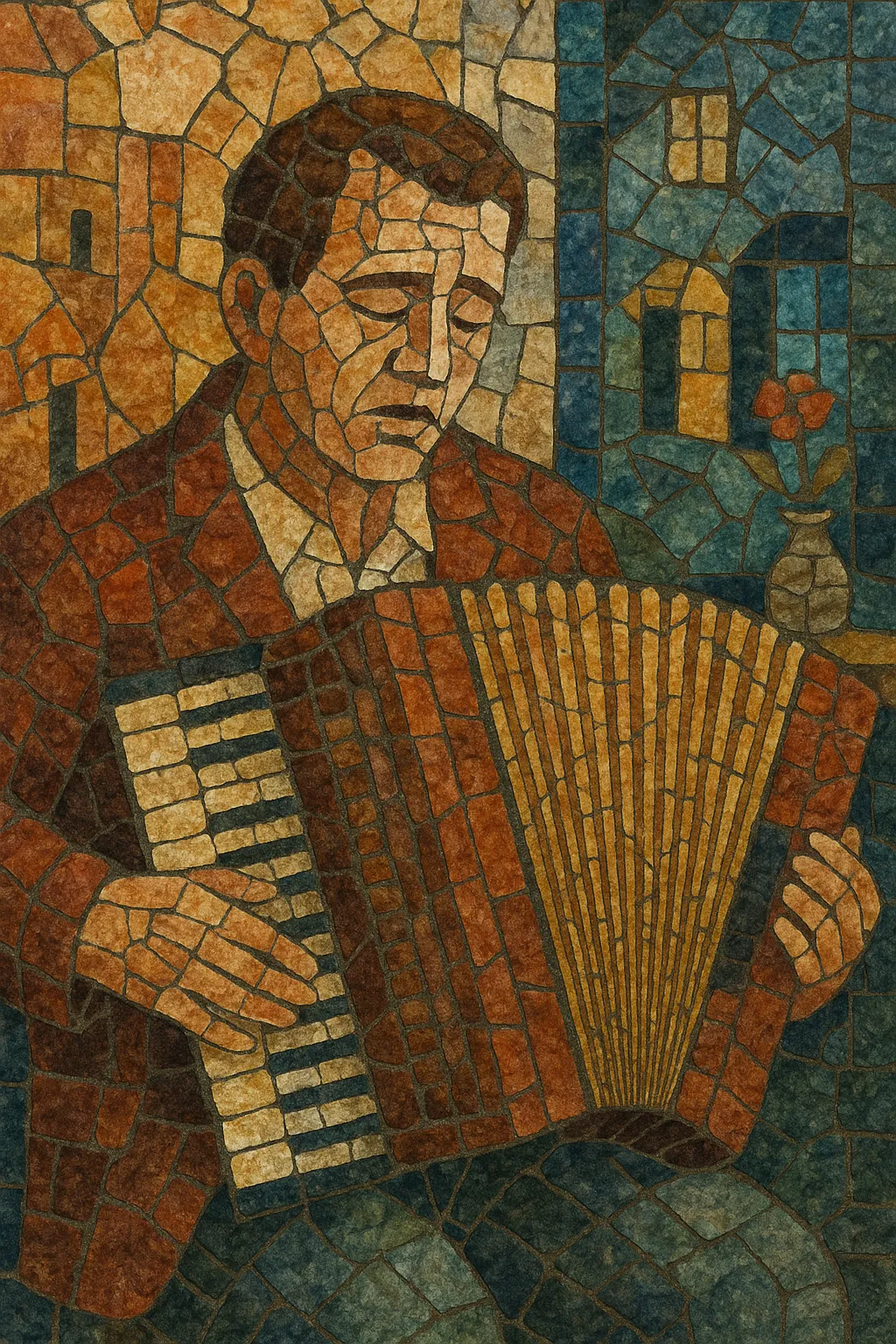
Levenslied (Dutch for "song of life") is a Dutch-language popular song style centered on everyday stories of love, loss, family, work, and neighborhood life.
It is melodic, direct, and highly sing‑along, often in a waltz (3/4) or easy 4/4 with simple, memorable refrains.
Traditionally accompanied by accordion, light rhythm section, and sometimes strings or brass, the vocals are emotive and narrative, frequently employing dramatic phrasing and key‑lifting modulations.
Culturally linked to working‑class districts such as Amsterdam’s Jordaan, the genre is the Netherlands’ close cousin to German Schlager and French chanson réaliste, blending cabaret storytelling with folk ballad sentiment.
Levenslied grew from urban cabaret, vaudeville, and folk ballad traditions in the Netherlands, especially in working‑class neighborhoods like Amsterdam’s Jordaan. Early performers took the intimate, story‑driven approach of cabaret and set it to simple danceable rhythms (notably the waltz) and accordion‑led accompaniment, creating a popular, neighborhood‑rooted song form.
In the 1950s and 1960s the style crystallized on radio and records, with stars associated with the Jordaan aesthetic popularizing highly sentimental narratives and big sing‑along choruses. Its kinship with contemporaneous German Schlager and French chanson réaliste became clear: direct emotions, everyday themes, and melodious refrains. Arrangements expanded to include light orchestras and lush strings while keeping the voice at the center.
From the 1980s, artists modernized production (drum machines, synth pads) without abandoning core traits: emotive vocals, relatable storytelling, and key‑change finales. The genre crossed into national pop charts, and televised music shows amplified its reach. Duets and collaborations helped bridge levenslied with broader Dutch pop and the emerging Nederpop scene.
Levenslied remains a staple of Dutch popular culture—heard at festivals, cafés, and family celebrations. Modern acts blend traditional accordion and waltz feels with pop‑ballad production, while younger singers borrow its lyrical directness and sing‑along choruses. Its DNA is evident in Nederpop and the Volendam "palingsound," ensuring continued cultural relevance.
Write a direct, narrative lyric about everyday life—love, heartbreak, family, work, and neighborhood pride. Keep melodies memorable and sing‑along, with clear, repeated choruses.
Use diatonic progressions (I–V–vi–IV, I–IV–V, or I–vi–IV–V). A mid‑to‑late "truck‑driver" key change (up a semitone or whole tone) effectively lifts the final chorus. Melodies are stepwise and vocal‑centric, leaving room for expressive phrasing and rubato at line ends.
Common meters are 3/4 (waltz) and unhurried 4/4. Medium tempos suit storytelling. A classic form is verse–pre‑chorus–chorus, with a short instrumental turn (often accordion or strings) before the final, modulated chorus.
Use plain, heartfelt Dutch, often with local color and idioms. Aim for emotional immediacy and clarity—first‑person storytelling, vivid yet relatable images, and a strong refrain. The vocal should be expressive, with tasteful vibrato and dynamic swells leading into the chorus.
Core palette: lead vocal, accordion (or harmonium), acoustic/electric guitar, bass, light drums/percussion, and optional strings or brass. In modern productions, add soft pads, subtle drum programming, and backing vocals for choruses. Keep the vocal forward in the mix and support it with warm, unobtrusive accompaniment.

